Coronavirus NSW: Five new COVID cases, 28 in Victoria
In a game-changer for footy fans, capacity limits are set to be doubled at ANZ and Bankwest stadiums within weeks. It comes as NSW recorded five new COVID-19 cases overnight, and Victoria hit a 12-week low of just 28 new cases and eight deaths.
NSW
Don't miss out on the headlines from NSW. Followed categories will be added to My News.
More fans will be able to flock to footy finals with capacity limits increased at ANZ and Bankwest, but more work needs to be done before smaller venues like Panthers stadium can host larger crowds.
Capacity limits for ANZ stadium, Bankwest stadium, and the SCG will be increased from 25 per cent to 50 per cent on October 1.
That will see crowds of up to 40,000 people at ANZ stadium, 15,000 at Bankwest, and 23,000 at the SCG.
Strict “chequerboard” arrangements will see socially-distant seating, using every row of seats while ensuring people aren’t directly behind one another.
“Safely allowing more fans at in-demand major sporting events will bring enjoyment, employment and help stimulate the NSW economy,” Premier Gladys Berejiklian said.
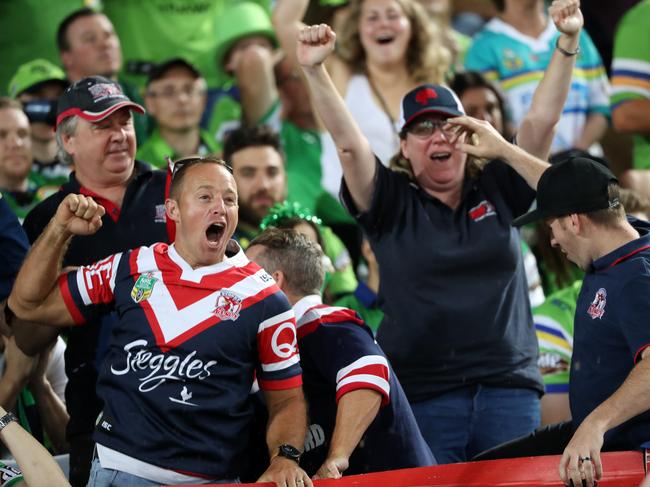
The decision comes after the state government’s major event taskforce met to ensure big occasions like grand finals can go ahead in NSW.
Tourism Minister Stuart Ayres welcomed the move which will enable more people into major venues.
“After a winter of hibernation, the people of NSW are more ready than ever to go and see their team in action in a safe environment,” he said.
Spectators will be “expected” to wear masks to and from the stadium, or when they are out of their seats. This will be a condition of entry.
“If you’re moving around the stadium and you don’t have a mask on, you should expect that venue management will ask you to leave,” Mr Ayres said.
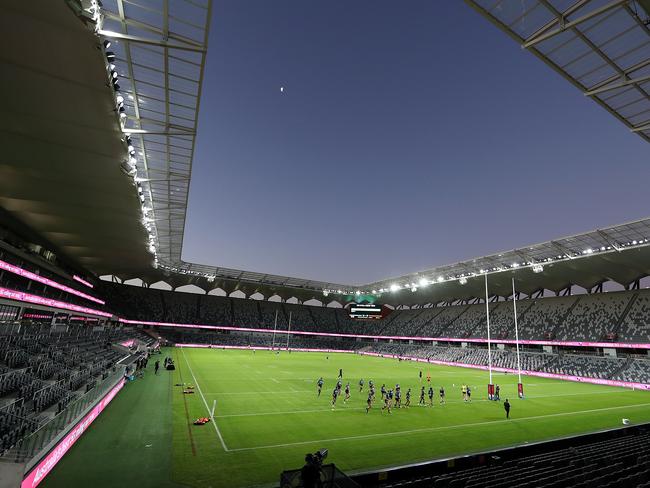
COVID-safe guidelines will see fans sit in different “zones,” with movement between those zones banned.
While capacity has been lifted for three venues, NSW Health is still doing more work to increase limits at MacDonald Jones Stadium, WIN Stadium, Ken Rosewall Arena and Penrith Stadium.
Mr Ayres said the government was “hopeful” larger crowds will soon be able to go to those venues by October 1 “but we want to see COVID-safe plans put in place for those specific venues,” he said.
“Optimistically, I’d like to say that they’ll be open by the 1st of October, but we won’t be making decisions that put people in unnecessary risk.”
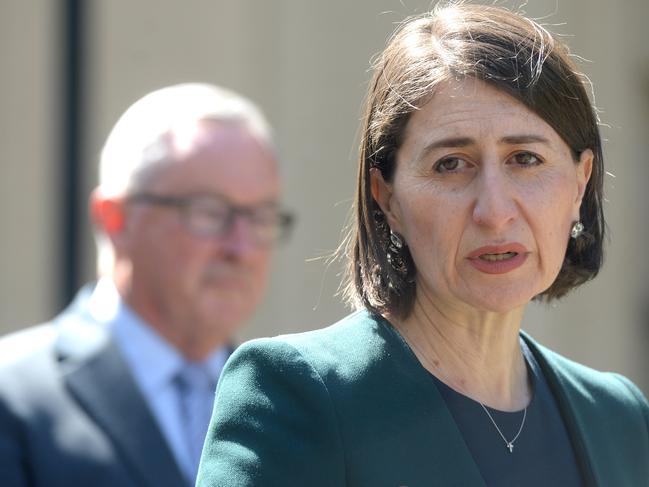
NSW HOSPITAL CLUSTER GROWS
NSW has recorded five new COVID-19 cases in the last day with two linked to returned overseas travellers, two connected to a known case or cluster and one with a source under investigation.
One of the new cases is a healthcare worker from the Concord Emergency Department and another new case is connected to the Eastern Suburbs Legion Club.
The locally acquired case under investigation is from the Murrumbidgee Local Health District and was diagnosed while they were in Victoria.
The patient has since returned a negative test but will be tested again as a precaution while close contacts remain in isolation.
Anyone who attended the Five Stars Thaitanic, Casula on September 12 between 4.20pm-5.20pm is considered a casual contact of a case and must monitor for symptoms.
VICTORIA RECORDS JUST 28 NEW CASES
Victoria’s daily case total has dipped below 30 for the first time since June, with 28 new infections in the past 24 hours and eight more deaths.
It brings metropolitan Melbourne’s 14-day rolling average to 44.4.
Today’s figures are the lowest since 20 cases were recorded on June 24.
Metropolitan Melbourne must reach an average daily case rate of between 30 and 50 cases over the preceding fortnight to trigger an easing of lockdown measures from September 28.
In regional Victoria, where restrictions were eased overnight, the daily average is 2.9.
It comes as regional Victorians welcomed new freedoms, after the state’s government eased restrictions for people living in parts of the state.
VIC-NSW BORDER RULES CHANGE
Residents on the NSW-Victorian border will now be able to move freely within the cross-river border regions, Health Minister Brad Hazzard confirmed on Thursday.
“I want to thank the border communities for their patience – we are able to ease restrictions on the border given the reduced risk of COVID-19 transmission in regional Victoria,” Mr Hazzard said.
As part of the changes, which come into force today, the border region will also be expanded to include some areas around Pleasant Hills, Lockhart, Benalla, Bright and Mount Beauty.
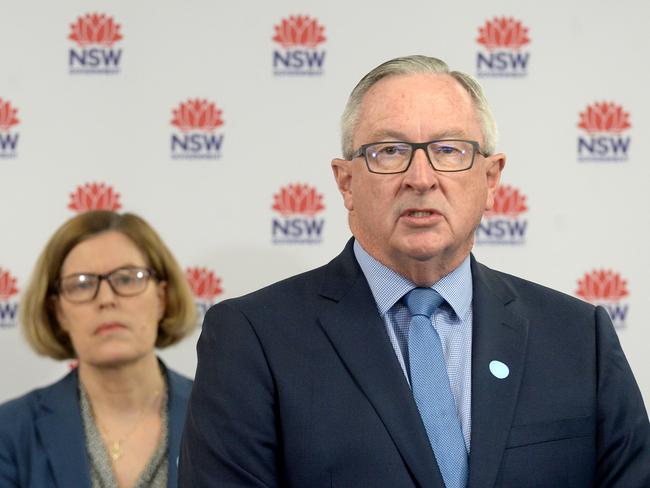
The Health Minister said anyone with an existing border region permit will “be able to take advantage of these changes”.
“NSW-Victoria border communities have been extremely resilient during this one-in-100 year pandemic as we continue to fight the challenges of COVID-19,” Mr Hazzard said.
Member for Albury Justin Clancy said communities are deserving of not just respite, but recovery.
“Having been separated for a number of weeks now, as communities that straddle the mighty Murray, we can talk of moving forward together,” he said.
A statement from the NSW government said Victorian residents would no longer be obliged to comply with the stay-at-home directions imposed in regional Victoria while in NSW, or be restricted to only entering NSW for a “permitted purpose”.
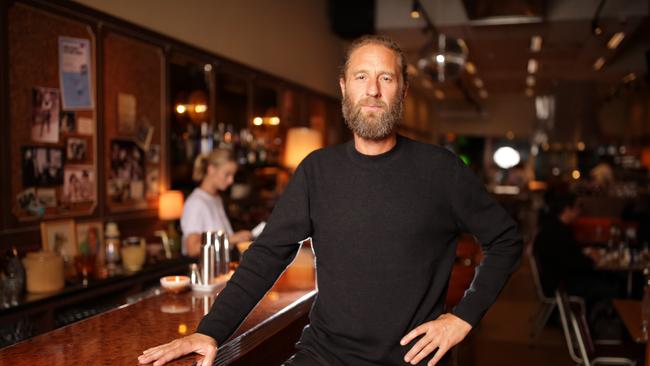
ALFRESCO PLAN TO REVIVE SYDNEY DINING
A new task force will meet today with the sole mission of getting the people of NSW wining and dining outside this summer.
And it will be bolstered on Friday by a Summer Summit of business and political leaders, including restaurateurs Luke Mangan and Neil Perry, Merivale boss Justin Hemmes and Lord Mayor Clover Moore at the Museum of Contemporary Art, who will examine ways to revive the centre of Sydney in the lead up to Christmas.
The Taskforce’s mission has been nicknamed “The Alfresco Job” and the Minister charged with delivering it has vowed to “sweep aside all red tape” to make it happen.
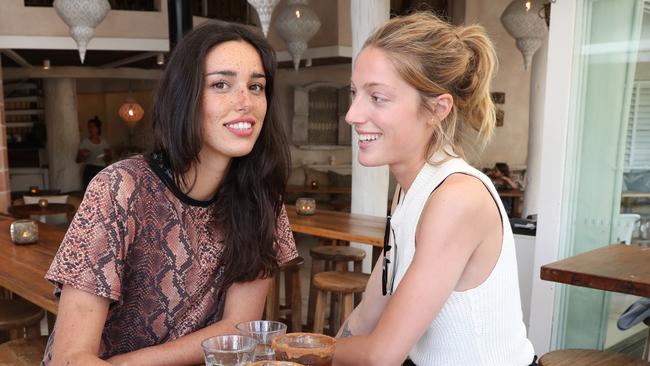
MORE NEWS
Australia to run out of home grown rice by Christmas
Revealed: Australia sent into lockdown on wrong figures
Atlassian heavyweight to power up energy debate
“The Taskforce has pulled together all the relevant agencies to blast through the red tape and make it easier for businesses to open up outside areas this summer,” Customer Service Minister Victor Dominello said.
It is being co-chaired by planning Minister Rob Stokes and includes representatives from Liquor and Gaming NSW, small business, the departments of transport, environment and local government and the NSW Police.
“Eating and drinking outside is far safer in this COVID environment,” Mr Dominello said. “But this is a change I want to see remain in place in NSW long after the coronavirus pandemic has passed.”
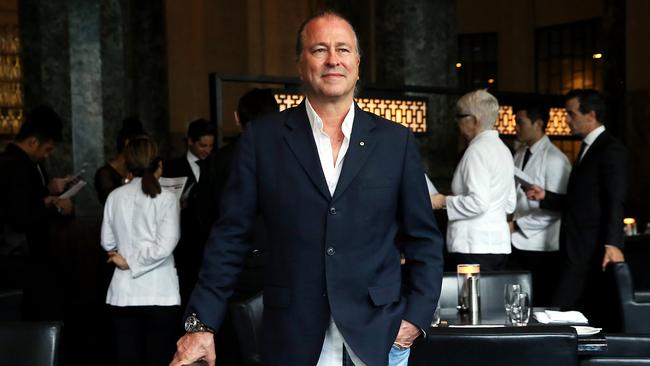
The Taskforce will also be identifying open spaces that can be opened up in suburbs and towns, including Parramatta, Penrith, Cronulla, Newcastle, Wollongong, Orange and Byron Bay.
Byron Bay chef Chiara Sieburger said more outdoor dining would be welcomed in the region as it’s better for morale and safety during COVID-19.
“It is so nice to be able to celebrate life and everything we’ve been through this year,” she said in a break from work.
“We do that through being outside, everyone feels safer.”
MELBOURNE BREAKS UNWANTED RECORD
Melbourne’s lockdown will on Thursday surpass the length of Wuhan’s, as residents in the city’s north and west suburbs clock up 11 weeks in isolation.
The Chinese city — the epicentre of the coronavirus — was locked down for 77 days between January and April. But residents in 36 Melbourne suburbs, plunged into harsh restrictions ahead of the rest of the city, will on Thursday notch up their 78th day in lockdown.
Australian geophysicist Simon Carter, who has lived in Wuhan with his wife and daughter for four years, said Melbourne was reminiscent of China when the virus was running rampant in March.
“Melbourne is the only place in the world with measures that looked like Wuhan,” he said.
But Mr Carter said he was now back at work at a university in Wuhan — and that the city had reopened completely.
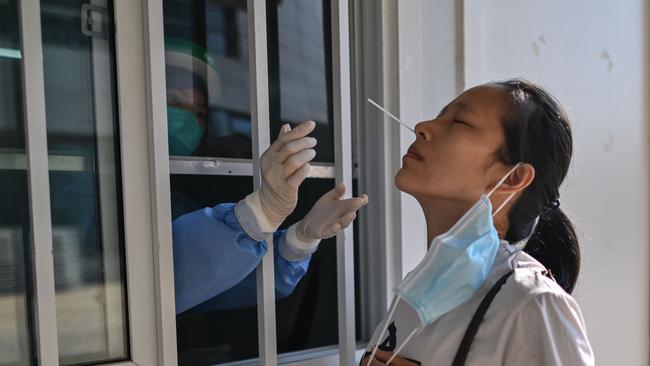
“Businesses are opening again and there are even new businesses that have sprung up”, Mr Carter said.
“It is like we are completely back to normal.”
Melbourne woman Tracy Wang, 30, has had to endure both cities’ lockdowns. She was visiting her family in Wuhan for Chinese New Year when she found herself trapped in the epicentre of the first COVID-19 wave, saying the city’s restrictions had been “very tough, very strict”.
“It’s not like here where people go to protests during coronavirus,” Ms Wang said.
“Everyone doesn’t go to the supermarket to buy toilet paper. Residents fill out an online form for what they need.’’
Originally published as Coronavirus NSW: Five new COVID cases, 28 in Victoria


